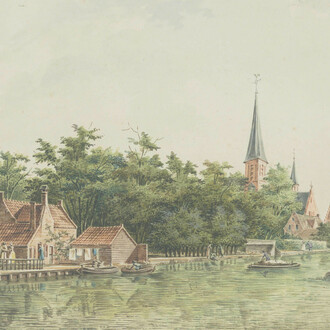The 1950s in Europe were a decade of transition and (re-)construction, modernisation and change. This change was fundamental and reached all Europeans who longed for the normality of everyday life after decades of war with new designs, new consumer products, new media, music and fashion. Glamour, “sweet home” and prosperity: these are well-known stereotypes that characterize the myth of an iconic age.
But this is only one side of the coin. This era was marked by contradictions: many in Europe were still suffering from the consequences of the Second World War, such as hunger, poverty, housing shortages and displacement. On the one hand, there was rapprochement and cooperation between formerly hostile nations, but on the other hand, interstate relations were determined by hegemonic foreign policy and domestic repression, which exacerbated the already existing division of Europe into East and West and led to Cold War tensions to the brink of nuclear conflict.
The photographic exhibition "Blue Skies, Red Panic" highlights an era that marked a social and political new beginning in Europe. Through photographs from major European archives, the exhibition reflects historical developments and events in eight different European countries. The stories touch on society, culture and politics, oscillating between East and West, freedom and oppression, cliché and normality.
With a kaleidoscope of visual impressions, the exhibition aims to evoke memories that are familiar to us or invite us to a completely new discovery. Looking back on the iconic era of the 1950s in Europe, the exhibition offers a photographic retrospective without lapsing into mere nostalgia, and promotes a critical understanding of the emergence of the European Union in which we live today.
After Pisa (Museo della Grafica), Girona (Centre Cultural la Mercè) and Antwerp (KU Leuven Faculty of Economics), Berlin is the fourth and the last stop for the time being of this extraordinary travelling exhibition created by partners of the project "Fifties in Europe Kaleidoscope". The project is co-financed by the European Union within the Connecting European Facility Programme.
















